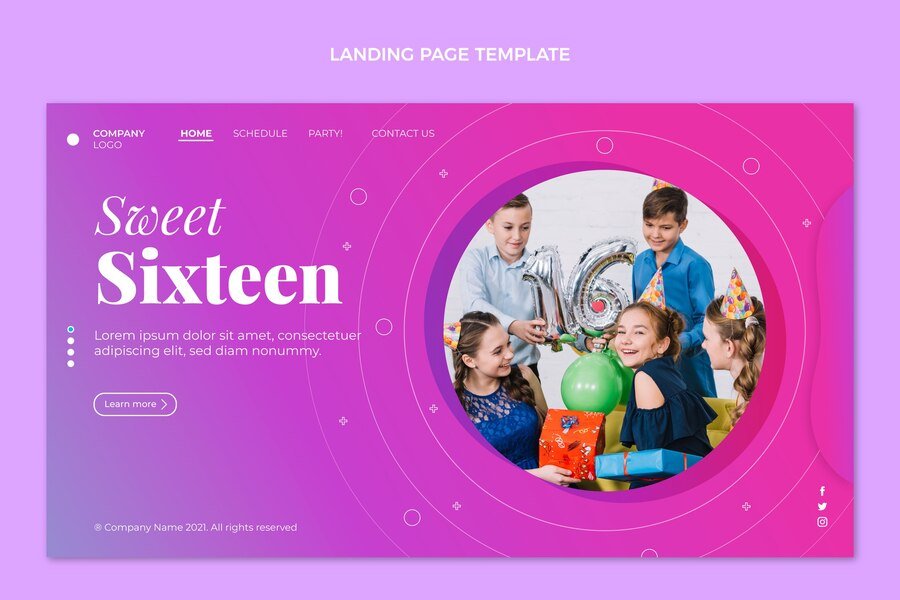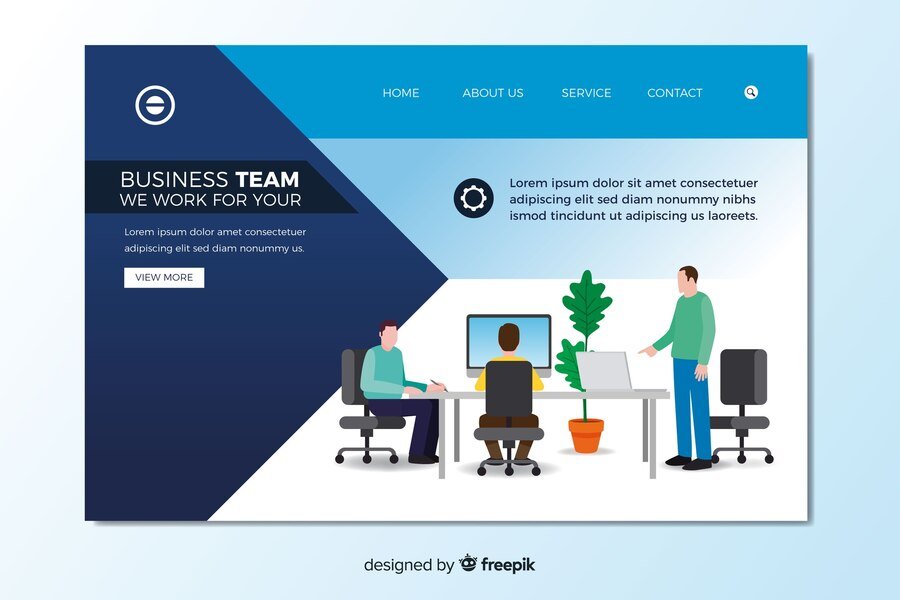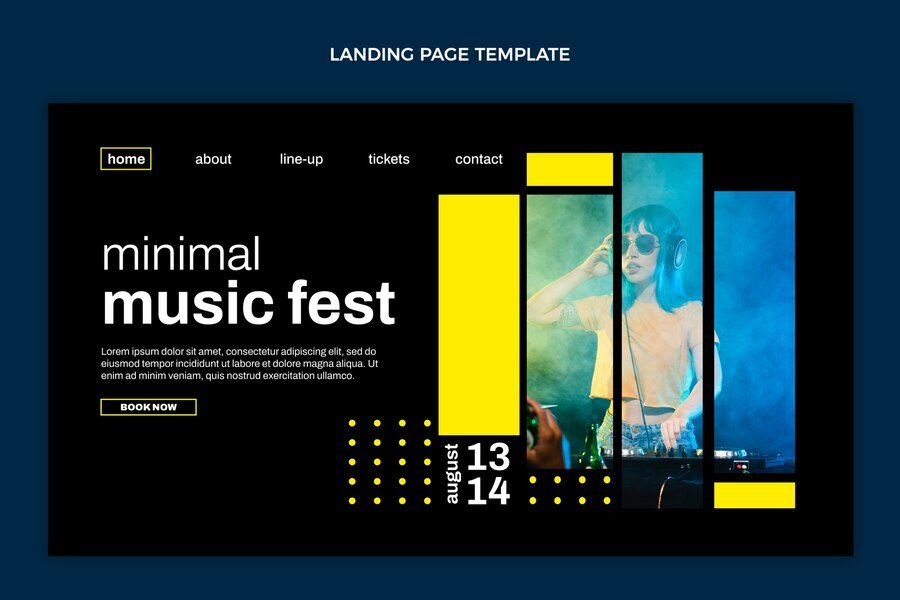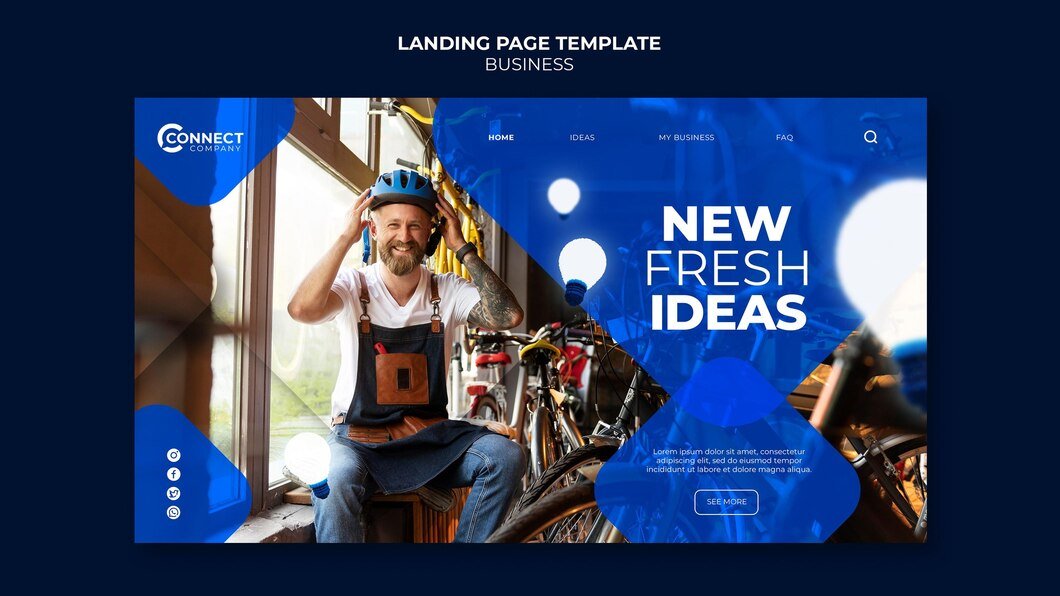Introduction
In the digital era, a well-designed yoga website is crucial for attracting and retaining clients. A yoga website must serve as a comprehensive hub that meets the diverse needs of its users. To create a successful online presence, it is essential to understand what clients expect from a yoga website. Here, we delve into the key elements that can make your yoga website stand out and effectively cater to your clients’ needs.
User-Friendly Navigation
Intuitive Layout
Clients expect an intuitive and straightforward layout when visiting a yoga website. The site should be easy to navigate, with clear menus and links that guide users to the information they seek. An organized structure helps clients find class schedules, instructor bios, pricing details, and contact information effortlessly.
Responsive Design
A responsive design ensures that the website functions seamlessly on various devices, including desktops, tablets, and smartphones. Clients appreciate the ability to access information and book classes on the go. A mobile-friendly design enhances the user experience and keeps clients engaged with your content.
Comprehensive Class Information
Detailed Class Descriptions
Clients want detailed descriptions of the yoga classes offered. This includes the type of yoga, the level of difficulty, the duration, and the benefits of each class. Providing this information helps clients choose the classes that best suit their needs and preferences.
Instructor Profiles
Clients appreciate knowing more about the instructors leading the classes. Detailed bios that include qualifications, teaching experience, and personal yoga philosophy can build trust and credibility. High-quality photos and personal anecdotes make the profiles more engaging and relatable.
Class Schedule and Booking
An up-to-date class schedule that is easy to read and navigate is essential. Clients should be able to view the schedule in various formats, such as daily, weekly, or monthly. Additionally, an integrated booking system that allows clients to reserve their spots and make payments online is highly desirable.
Engaging and Informative Content
Blog and Articles
A blog featuring articles on yoga practices, wellness tips, and lifestyle advice can attract and retain clients. Regularly updated content positions your website as a valuable resource and can improve search engine rankings. Topics should be relevant, informative, and engaging to keep readers coming back.
Videos and Tutorials
Incorporating videos and tutorials can greatly enhance the user experience. Clients enjoy visual content that demonstrates yoga poses, breathing techniques, and meditation practices. High-quality videos can serve as a virtual instructor, providing guidance and inspiration for at-home practice.
Client Testimonials
Positive client testimonials and success stories can build trust and credibility. Featuring testimonials prominently on your website provides social proof and encourages potential clients to join your classes. Authentic and detailed reviews are more impactful than generic statements.
Interactive Features
Live Chat and Support
Offering a live chat feature allows clients to get immediate answers to their questions. Whether they need help with booking a class, understanding the class schedule, or inquiring about membership options, live chat support enhances the user experience and demonstrates excellent customer service.
Virtual Class Options
In today’s digital age, offering virtual classes is a must. Clients appreciate the flexibility of participating in yoga sessions from the comfort of their homes. A seamless integration of live-streamed classes and on-demand video libraries can cater to various preferences and schedules.
Community Forums
A community forum can foster a sense of belonging and engagement among clients. It provides a platform for clients to share their experiences, ask questions, and connect with others who share their passion for yoga. Moderated forums can ensure a positive and supportive environment.
Clear and Transparent Information
Pricing and Membership Options
Clients want clear and transparent information regarding pricing and membership options. Providing detailed descriptions of different packages, along with the benefits and terms of each, helps clients make informed decisions. Highlighting any discounts or special offers can also attract new clients.
Privacy and Security
Assuring clients that their personal information is safe is crucial. Clearly stating your privacy policy and security measures can build trust. Clients need to know that their data, including payment information, is protected.
SEO and Performance Optimization
Fast Loading Times
A fast-loading website is critical for retaining clients. Slow-loading pages can frustrate users and lead them to leave the site. Ensuring your website is optimized for speed improves user experience and can positively impact search engine rankings.
Search Engine Optimization (SEO)
Implementing effective SEO strategies is essential for increasing your website’s visibility. Conduct keyword research to identify the terms your target audience is searching for. Optimize your content, meta descriptions, and alt texts to improve your rankings on search engines.
Analytics and Feedback
Using analytics tools to monitor website traffic and user behavior can provide valuable insights. Understanding how clients interact with your site helps identify areas for improvement. Additionally, regularly soliciting feedback from clients can guide ongoing enhancements to better meet their needs.
Conclusion
Creating a yoga website that meets the expectations of clients involves a combination of intuitive design, comprehensive content, interactive features, and transparent information. By focusing on these key elements, you can build a website that not only attracts new clients but also fosters a loyal and engaged community. Elevate your online presence and ensure your yoga website stands out in the competitive digital landscape.













